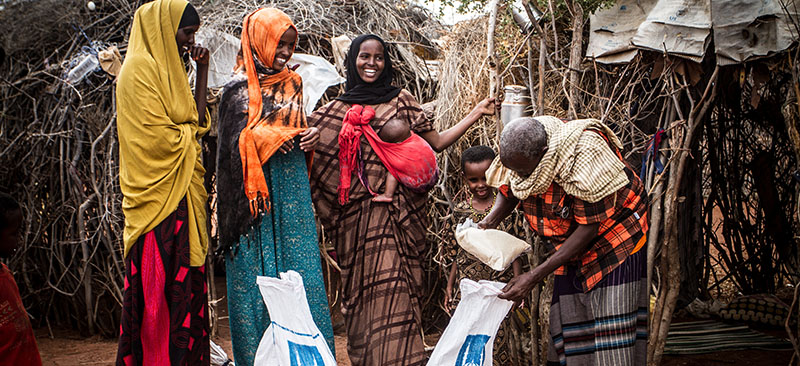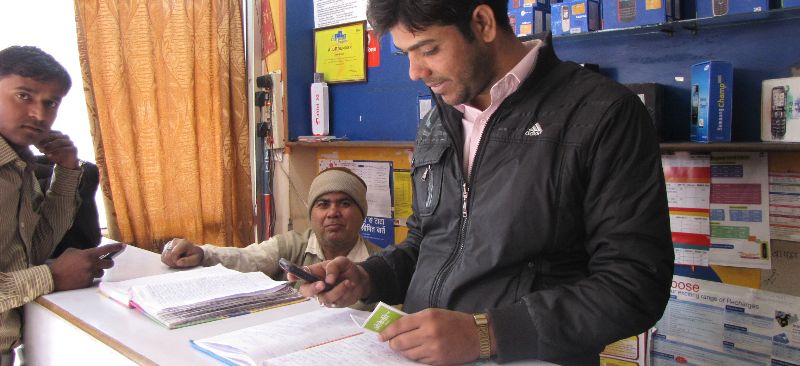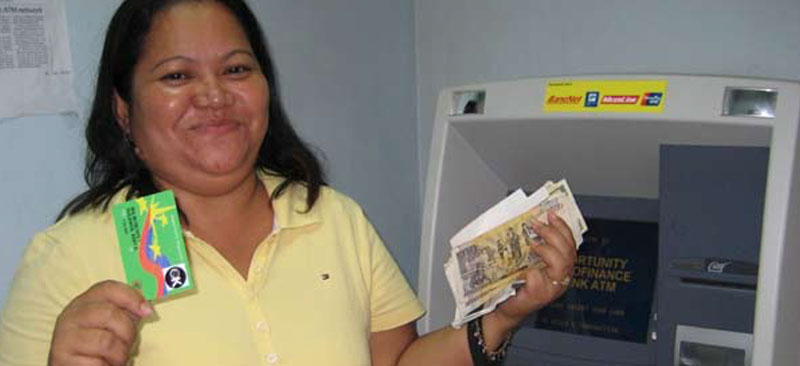This note addresses the issue of client selection by MFIs. It highlights that while the need for sustainability and a more commercial microfinance have been accepted and absorbed by most of the microfinance industry leaders, it is important to take the risk of mission drift into consideration. It then describes the different categories of poor people targeted by MFIs and highlights the needs for careful selection, and more so, of appropriate product design based on thorough market research.
Blog
Analysis of Financial Institutions Riding the M-PESA Rails
M-PESA is probably the best-known mobile money transfer service and one of the few successful business models for such a service anywhere in the world. Over 75 financial institutions in Kenya alone, including banks, microfinance groups, insurance and pension plans, and savings & credit cooperatives (SACCOs), currently work with Safaricom to offer mobile banking to their customers. Most of these institutions offer “deposit only” service over the M-PESA platform (referred to as the M-PESA “rails”). Microfinance institutions (MFIs) also allow borrowers to repay loans via M-PESA. Benefits include reduced operational costs and increased staff efficiency (for retail banks who lose money on low depositors, these are particularly compelling advantages); greater convenience and personal control for customers. Problems to resolve include incompatible software and, thus far, very limited middleware for financial institutions and Safaricom’s respective systems; customer data-entry errors, particularly for account numbers; money transfer and reconciliation delays; and lack of transparency on customer fees for M-PESA platform access. (The fee structure is complicated and, because Kenyans are accustomed to paying unusually high fees for all banking and money-transfer services, they are less inclined to demand clear explanations on pricing.) M-PESA is still used primarily as a mobile money transfer service, but an increasing number of Kenyans set money aside in their stored value accounts for savings as well. Banks are quick to point out that these savings are not guaranteed and, without a banking license, M-PESA cannot award interest. For the present, however, many M-PESA customers find formal banking services too inaccessible or expensive, and the advantages of saving, transferring money, and, in some cases, paying by phone are clearly preferable. So, M-PESA is helping to further financial inclusion, but it is also creating what one expert calls “low-equilibrium financial inclusion…poor quality, high cost, and potentially high risk inclusion”.
Optimising Agent Networks in Gujarat
This study explores following questions: Where and how do low-income households want to make deposits, withdrawals, payments and other financial transactions? What works best for them, what does not work, and why? What other issues are important to inspire trust and feel their money is safe with a BC?
ProCredit An International Network Bank in Bolivia: The ProCredit Experience Part 2
In this video series-2 Roberto Zegada, Regional Manager El Alto, Banco Los Andes ProCredit (Bolivia) talks about the bank’s various financial products. Roberto also shares ProCredit’s additional programmes such as generating awareness among children towards savings. To remain competitive, he stresses upon the process of staffing and selection. Elaborating the staffing and selection procedure, Roberto says that they have stringent criteria for recruitment at the fresher’s level only. He adds that training young employees is essential to build the core values of the organisation among every employee. Later in the video, clients share their experiences with the bank.
ProCredit An International Network Bank in Bolivia: The ProCredit Experience Part 1
In this video series-1 Roberto Zegada, Regional Manager El Alto, Banco Los Andes ProCredit (Bolivia) talks about the growth of operations and the competitive situation in one of the world’s best-served microfinance markets. The ProCredit Group is one of the global microfinance leaders. With operations on three continents, the group is the largest international network player in terms of assets. The Bolivian branch was one of the pioneers of the network.
E/M-Banking Booklet : Volume II
The E/M-Banking Booklet – Volume II is the sixth publication under the Optimising Performance and Efficiency (OPE) Series. The OPE Series brings together key insights and ideas on specific topics, with clear objective of providing microfinance practitioners with practical and actionable advice.
There is growing consensus that e-banking offers a unique opportunity to address mainstream banks’ two major barriers to serving the low-income market: the need for a branch infrastructure and managing high volumes of low value transactions. The potential of e-banking to significantly extend the reach of financial institutions into rural areas, without investing in “bricks and mortar” branches, is widely acknowledged.
For several years now, MicroSave has been closely involved with several e- and m-banking initiatives in Africa and Asia, in particular working on the “soft side” of e/m-banking where the technology interfaces with the customer.
This compendium offers guidance on a wide range of opportunities, issues and challenges for e/m-banking.



